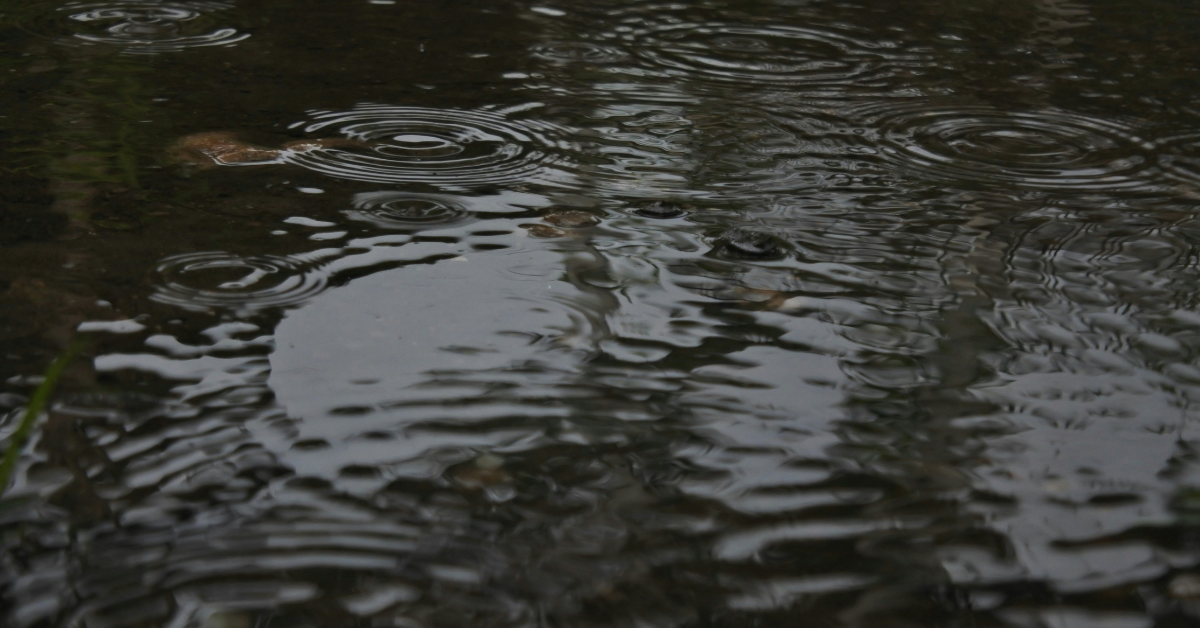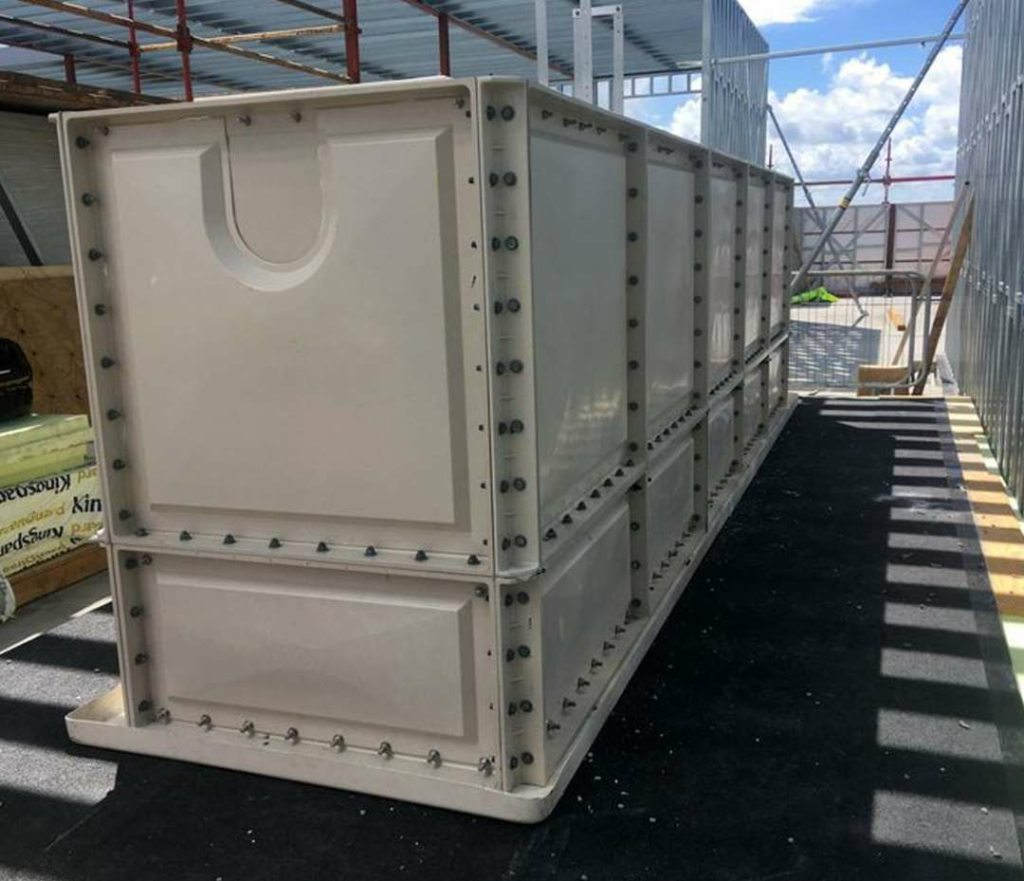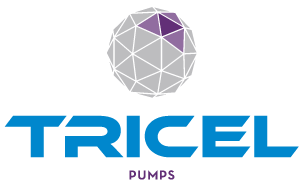
WATER STORAGE
How Rainwater Tanks Revolutionise Sustainable Living
OVERVIEW
In recent years, the importance of sustainable living practices has become increasingly evident as we strive to mitigate the impact of climate change and preserve our planet’s precious resources. One area where individuals and communities can make a tangible difference is water conservation, and rainwater tanks offer a compelling solution. By harnessing the power of nature’s rainfall, these tanks enable households and businesses to reduce reliance on traditional water sources while minimizing their environmental footprint. Use water storage tanks.
If you have any questions, feel free to call us or use our quote form
To speak to one of our agents online, click here
The Significance of Rainwater Tanks:
Understanding Rainwater Harvesting:
Rainwater harvesting is the process of collecting and storing rainwater for later use. This practice dates back centuries and has been employed by civilizations worldwide to meet their water needs. Today, modern rain tanks make this process more efficient and accessible than ever before.
Environmental Benefits:
- Reduced Pressure on Municipal Water Systems: By capturing rainwater for non-potable uses, such as irrigation and toilet flushing, rainwater tanks alleviate demand for municipal water supplies, particularly during drought.
- Mitigation of Stormwater Runoff: Tricel tanks help prevent stormwater runoff, which can carry pollutants and contaminants into rivers and lakes, thus protecting water quality and ecosystems.
- Promotion of Biodiversity: Harvesting rainwater reduces the need for excessive landscaping irrigation, conserving water and creating habitats that support local flora and fauna.
Economic Advantages:
- Lower Utility Bills: Implementing a rainwater harvesting tank system can lead to substantial savings on water bills by reducing reliance on treated water for non-potable purposes.
- Return on Investment: While the initial cost of installing a water tank system may vary depending on size and complexity, the long-term savings on water bills often outweigh the upfront investment.
Social Impact:
- Community Resilience: In times of water scarcity or emergencies, communities with rain harvesting tanks are better equipped to maintain access to water for essential needs.
- Educational Opportunities: Rainwater harvesting initiatives provide opportunities for education and awareness about water conservation practices, fostering a culture of environmental stewardship within communities.
Practical Applications of Rainwater Tanks:
Residential Use:
- Garden Irrigation: Utilizing rainwater for garden irrigation helps maintain lush, vibrant landscapes while reducing the strain on municipal water supplies.
- Toilet Flushing: Installing a dual plumbing system allows homeowners to use harvested rainwater for toilet flushing, conserving potable water resources.
Commercial and Industrial Use:
- Landscaping: Businesses can use rainwater for landscaping purposes, enhancing the aesthetic appeal of their properties while demonstrating a commitment to sustainability.
- Industrial Processes: In industries that require significant water usage, such as manufacturing or agriculture, Tricel tanks can supplement traditional water sources, leading to cost savings and environmental benefits.
Agricultural Use:
- Crop Irrigation: Farmers can use rainwater collected in water tanks to irrigate crops, reducing their reliance on groundwater and surface water sources.
- Livestock Watering: Providing rainwater for livestock watering ensures a reliable and sustainable water supply for agricultural operations.
FAQs:
How do rainwater tanks work?
Those tanks collect rainwater runoff from rooftops via gutters and downspouts, directing it into storage tanks for later use. This harvested rainwater can be used for various non-potable purposes, such as irrigation and toilet flushing.
Are rainwater tanks cost-effective?
Tricel tanks offer significant cost savings over time by reducing reliance on municipal water supplies and lowering utility bills associated with water usage.
What maintenance is required for rainwater tanks?
Regular maintenance of those systems includes:
- Cleaning gutters and filters to prevent debris buildup.
- Inspecting tank components for leaks or damage.
- Ensuring proper ventilation to prevent bacterial growth.
Can rainwater tanks be used for drinking water?
While rainwater is typically suitable for non-potable uses such as irrigation and toilet flushing, additional filtration and treatment are necessary to meet drinking water standards.
How long do rainwater tanks last?
With proper maintenance, those tanks can last for decades, providing a reliable source of harvested rainwater for residential, commercial, and agricultural applications.
Are there regulations regarding rainwater harvesting?
Regulations regarding rainwater harvesting vary by region, so it’s essential to check local ordinances and building codes before installing a rainwater system.
Conclusion:
As we strive to adopt more sustainable practices in our daily lives, rainwater tanks emerge as a practical and impactful solution for water conservation. By harnessing the power of rainwater, these tanks empower individuals and communities to reduce their environmental footprint, lower utility costs, and contribute to a more resilient future. Embracing rainwater harvesting tanks is a wise investment in our planet’s future and a testament to our commitment to responsible stewardship of natural resources.
MEET OUR TEAM
To find an expert in your area, visit our page
TALK WATER STORAGE
To speak to one of our agents online, click here
GET A QUOTE
Request a free quote today to have a quote that meets your project!
50 YEARS IN BUSINESS
A highly successful multinational corporation with over 50 years’ valuable industry experience
FULLY CUSTOMISABLE TANKS
Tanks available for all capacities, 43 litres to 4,651,290 litres. Larger tanks available on request
FAST DELIVERY
On-time delivery is a core requirement of our successful business operations


